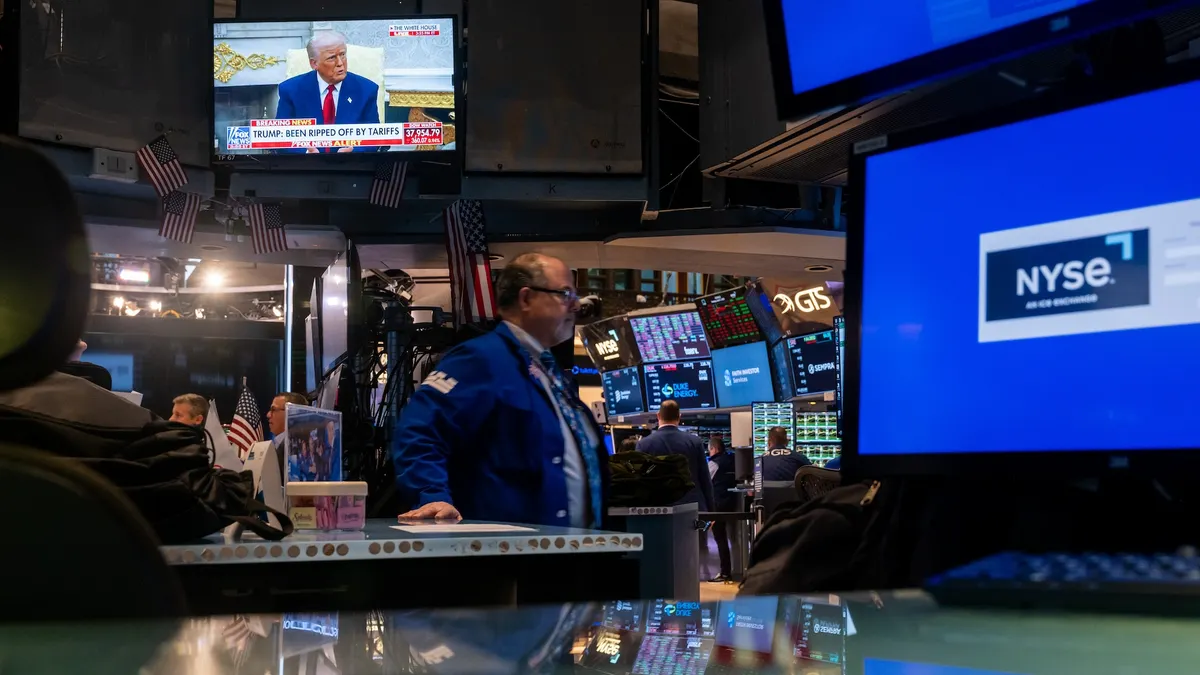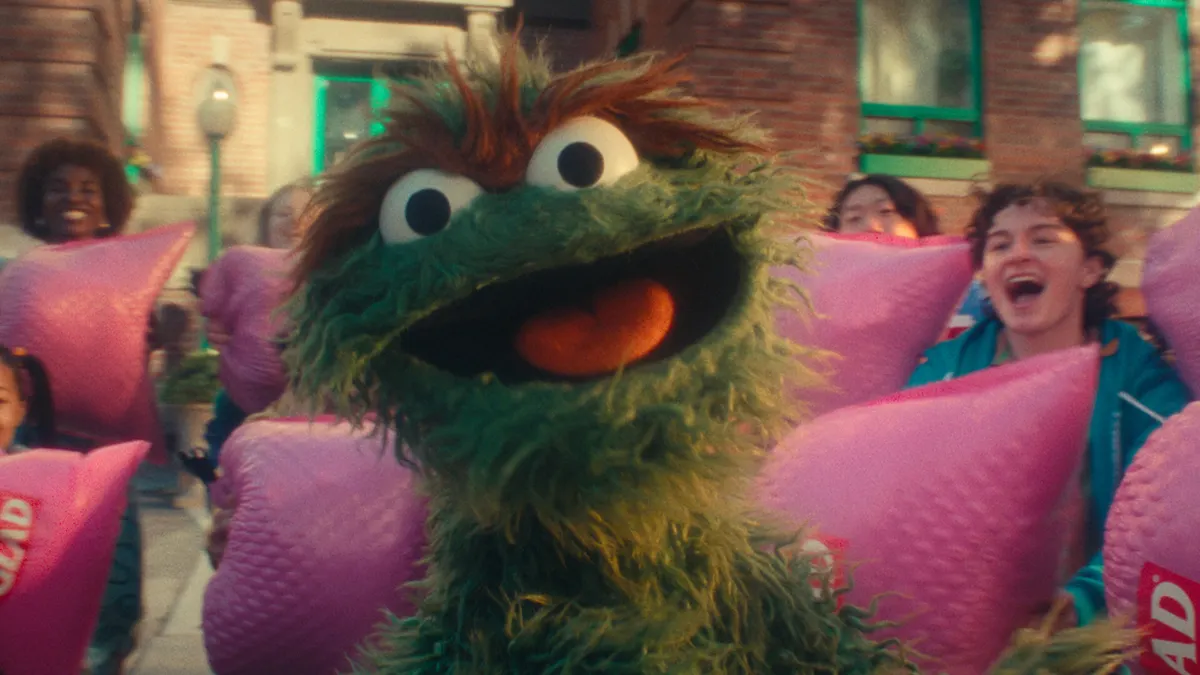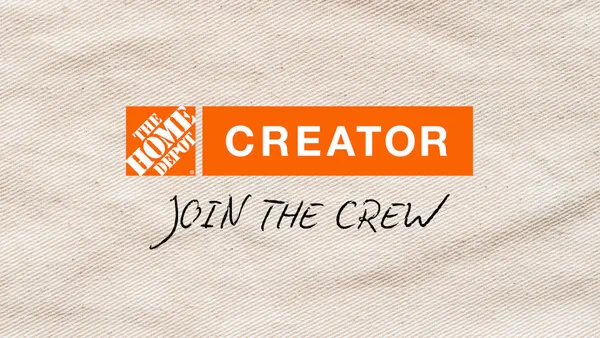Several acquisitions changed the marketing and advertising landscape in 2013. Some firms seemed to be on all-out acquisition sprees, while others were simply advancing their products in new directions.
Whether they involved a major merger or a smaller — but no less notable — acquisition, these 5 mergers were among the most important for the marketing industry in 2013.
1. THE PUBLICIS-OMNICOM MERGER
The merger between U.S.-based Omnicom Group and France's Publicis Groupe was certainly a major event this year. The merger created the world’s largest family of ad agencies valued at $35.1 billion. Included under the new Publicis-Omnicom umbrella are BBDO, TBWA, DDB, Leo Burnett and Saatchi & Saatchi. Since the announcement of the merger, Publicis Groupe has been in an acquisition spree to further increase the conglomerate’s assets with firms like Poke London and Engauge Marketing.
Why it's important: This merger created the world’s largest family of ad agencies in history. The unprecedented deal will pave the way for either more deals just like it or serve as an example of the breaking point in size. Industry reactions to the merger went in both extremes of positive and negative, and many ad professionals took to social media to express those reactions.
Perhaps the most talked about acquisition of the year was Yahoo’s $1.1 billion acquisition of social blogging site Tumblr. Yahoo has been working diligently to prove Tumblr's value to advertisers, and since the acquisition, it has developed five different ad products — including the recently announced “Sponsored Trending Blog” offering for mobile. Still, the lack of targeting and abundance of porn has continued to stall many brands from taking the plunge.
Why it's important: Yahoo shelling out over a billion dollars for Tumblr showed its faith in the social blogging site as an income generator. As more advanced ad options become available, it will open doors for marketers to reach the blogging platform's attractive audience.
Twitter has made some notable acquisitions in the past few years, including the Vine video app in fall 2012 that helped them move into the video arena. In February 2013, the social network made its biggest acquisition to date (dollar-wise) with social analytics firm BlueFin Labs as it looked to make inroads in the social TV space. The financial terms of the deal weren’t disclosed, but it is estimated that Twitter paid anywhere from $50 to $100 million for BlueFin.
Why it's important: The connection between social media and television is growing stronger all the time, and Twitter seems to be leading the pack. The micro-blogging platform is serious about leveraging the TV connection and also recently acquired Trendrr, another social analytics company. As the use of multiple screens during TV viewing grows, creating a real measurement of how social media affects TV habits, and vice versa, will be critical for advertisers on both platforms.
Real-time curation and commenting platform Livefyre acquired popular social storytelling tool Storify in September. Storify collects tweets, photos, video and media from across the web to help users build a story on topics of their choice. With the acquisition, Livefyre can now offer its customers, which include TIME and The New York Times, the option to build their own branded Storify feeds on their sites.
Why it's important: This acquisition is an example of how important social conversations have become in telling a story, even for established and notable publications like TIME and The New York Times. Several years ago, including a tweet in a major news story would be laughable, but now it’s a common occurrence. For marketers, this underscores how critical social media marketing is within an overall campaign, as conversations about your brand now occur on multiple digital platforms.
For the price of $15 million, mobile ad platform Airpush acquired Hubbl, an app discovery and personalization tech provider. The deal allowed Airpush and Hubbl to join forces and develop a new native advertising platform for mobile. Hubbl was struggling to raise capital before Airpush bought them to focus on new ideas.
Why is it important: Native advertising is a hot topic right now in the industry. Advertisers want the option and publishers are scrambling to find the best way to provide it. If the Hubbl acquisition results in a successful mobile native ad network, the mobile advertising industry will be a whole new ballgame.
Would you like to see more marketing industry news and information like this in your inbox on a daily basis? Subscribe to our Marketing Dive email newsletter! You may also want to check out Marketing Dive's look at 10 marketing startups to keep an eye on.



















